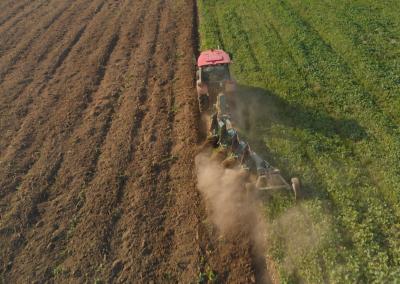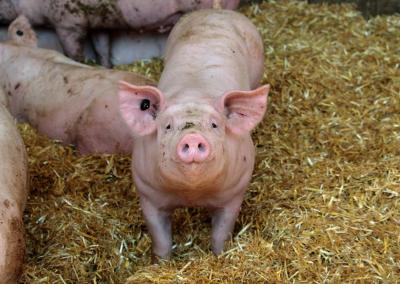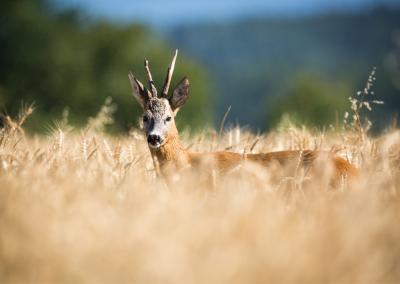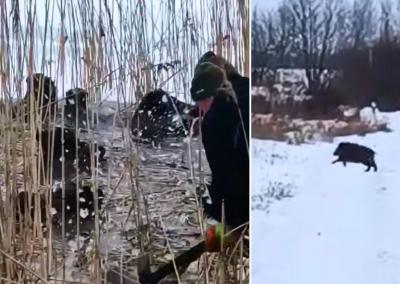Why do thuja trees yellow and wilt?
Flowers planted and growing on the grounds of a farmhouse can turn yellow for natural reasons, as nature intended. However, a coniferous plant can suddenly turn yellow and wither for completely different and unnatural reasons, and may die.
Natural process
Each thuja needle lives for about 3 to 6 years, then turns yellow and dies in the autumn and is replaced by a new one. This is a natural process, so there is nothing to worry about. All you have to do is carefully remove the yellowed and shriveled needles.
Another natural cause of needle discolouration (usually brown) is the plant's defensive reaction to the drop in air temperature in autumn. The thorns of some varieties of thuja turn bronze as winter sets in and turn brown again in spring.
Improper maintenance
If the thuja turns yellow in spring or summer, this is not a natural process. It is most likely that the plant does not like the growing conditions. In this situation, the first thing to do is to pay attention to the composition of the soil.
Sandy and clayey soils with stagnant moisture are not suitable for growing herbs, as these conditions can cause the plant's root system to rot. The ideal soil for thuja is a peaty soil with peat and river sand. Good drainage is also essential.
When growing in poor or depleted soil, thuja trees need to be fertilised with a fertiliser specifically designed for conifers. In most cases, thuja spines turn yellow (and sometimes even white) due to iron deficiency, and can turn reddish-purple in the case of phosphorus deficiency.
Improper care can also cause blackening of the thuja. This usually occurs when dogs leave urine marks on it.
Diseases of the Thuja
Brown mould can affect young thujas when the snow melts. The spines turn brown, covered with grey-black plaques and gradually disappear. To prevent this, conifers should be sprayed once a month in spring with fungicides or biofungicides with humic substances.
A variety of fungal diseases can affect not only the needles, but also other parts of the plant, such as the trunk and roots. The rapid spread of the disease is observed when growing thujas in clay soils with poor drainage. It is therefore necessary to prevent moisture stagnation and to prevent it by spraying thuja trees with fungicides in spring and autumn. In case of severe infection, treatment can also be carried out in summer.
Pests of thuja
If the thorns have turned reddish-brown and are covered with grey plaques, they are probably infested with sucking insect pests such as thuja aphids, false thuja aphids, true thuja aphids, true juniper aphids, powdery mildew, and shield moths. All of these pests suck the vital nutritional juices from the plants.
To control insect pests, conifers should be sprayed with phosphorus-based insecticides in early spring and treated with prophylactic phosphorus-based insecticides, such as acaricides or other contact insecticides, in the summer.
Laughs of the grey foxglove are also dangerous to thujas (they cocoon on the needles, causing yellowing of the shoots), caterpillars of the bagworm moths (which eat the branches of thujas), and weevils (which eat the thuja needles and the bark of the young thuja trees).
If you can see holes under the peeling bark of a thuja, this means that stem pests have taken up residence, the most common of which is the thuja cutworm. To get rid of these insects, plants should be treated with a phosphorus-based insecticide between May and June.
Please note: Thuja is stressed by diseases and pests (also during transplanting, growing and summer drought). To help cope with these stresses, a bio-remedy designed to reduce plant stress can be used to help the thuja.










































































































